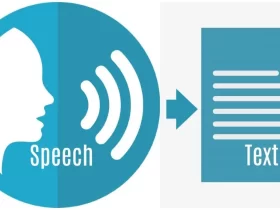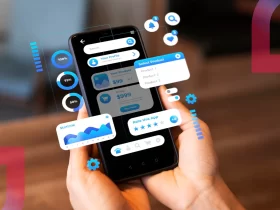In modern transportation, the integration of Internet of Things (IoT) technologies has emerged as a pivotal force, reshaping the way we perceive and manage transportation infrastructure. From bustling urban hubs to remote rural routes, IoT offers a spectrum of solutions tailored to address the pressing challenges faced by industries ranging from logistics to public transit. As industries strive for operational excellence, the role of IoT in modernizing transportation infrastructure has become more pronounced, promising a future where efficiency, safety, and sustainability converge seamlessly.
Connectivity Reliability stands as a cornerstone concern for transportation stakeholders, particularly in the context of managing fleets across vast geographical expanses. With IoT, the ability to maintain real-time connectivity with vehicles and assets is no longer a distant dream but a tangible reality. By leveraging robust connectivity solutions, organizations can ensure continuous communication with their fleets, enabling proactive maintenance, route optimization, and enhanced decision-making capabilities.
Data Security and Privacy in IoT has emerged as a critical apprehension, especially in an era where cyber threats loom large. For transportation networks, safeguarding sensitive information pertaining to routes, schedules, and cargo is paramount. Through the implementation of advanced encryption protocols and stringent access controls, IoT empowers organizations to fortify their digital perimeters, mitigating the risk of data breaches and ensuring the integrity of their operations.
The Complexity of IoT Integration often presents a formidable obstacle for transportation stakeholders, who grapple with disparate systems and technologies. Yet, amidst this complexity lies the promise of streamlined operations and enhanced visibility. By embracing interoperable IoT platforms, organizations can harmonize diverse data streams, orchestrating a symphony of insights that illuminate blind spots and inefficiencies across their transportation networks.
Scalability emerges as a quintessential consideration for organizations seeking to future-proof their transportation infrastructure. In an era characterized by rapid urbanization and escalating demands for mobility, the ability to scale operations seamlessly is non-negotiable. Through modular IoT solutions, organizations can adapt to evolving needs with agility, expanding their fleet management capabilities without compromising performance or reliability.
Cost Management remains a perennial concern for transportation stakeholders, who must navigate the delicate balance between efficiency and fiscal prudence. Here, IoT emerges as a catalyst for cost optimization, offering granular visibility into operational expenditures and resource utilization. By leveraging predictive analytics and machine learning algorithms, organizations can identify cost-saving opportunities, optimize fuel consumption, and minimize downtime, all while enhancing the bottom line.
Amidst the labyrinth of transportation regulations, Regulatory Compliance looms large, posing a formidable challenge for organizations navigating a maze of mandates and standards. Through IoT-enabled compliance management solutions, organizations can automate regulatory reporting, track adherence to safety protocols, and preemptively address compliance gaps, thus mitigating the risk of penalties and legal liabilities.
The Skills Gap represents a pressing concern for transportation stakeholders, who must contend with a scarcity of talent proficient in emerging technologies. In this regard, IoT serves as an enabler for knowledge transfer and skills development, offering intuitive interfaces and user-friendly tools that empower personnel at all levels to harness the full potential of connected devices and data analytics.
User Experience and Adoption emerge as pivotal factors shaping the success of IoT initiatives within the transportation ecosystem. Here, the benefits of a fleet management system become apparent, offering an intuitive and seamless interface that empowers users to harness the power of IoT without steep learning curves or technical barriers. By prioritizing user-centric design and fostering a culture of innovation, organizations can accelerate the adoption of IoT solutions, driving tangible value across their transportation networks.
In conclusion, the advent of IoT heralds a new era of possibilities for transportation stakeholders, offering a myriad of solutions tailored to address their pain points and drive operational excellence. From connectivity reliability to cost management, regulatory compliance to user experience, IoT empowers organizations to navigate the complexities of modern transportation infrastructure with confidence and agility. As industries embrace the transformative potential of IoT, the journey towards a smarter, more sustainable future for transportation has only just begun.






